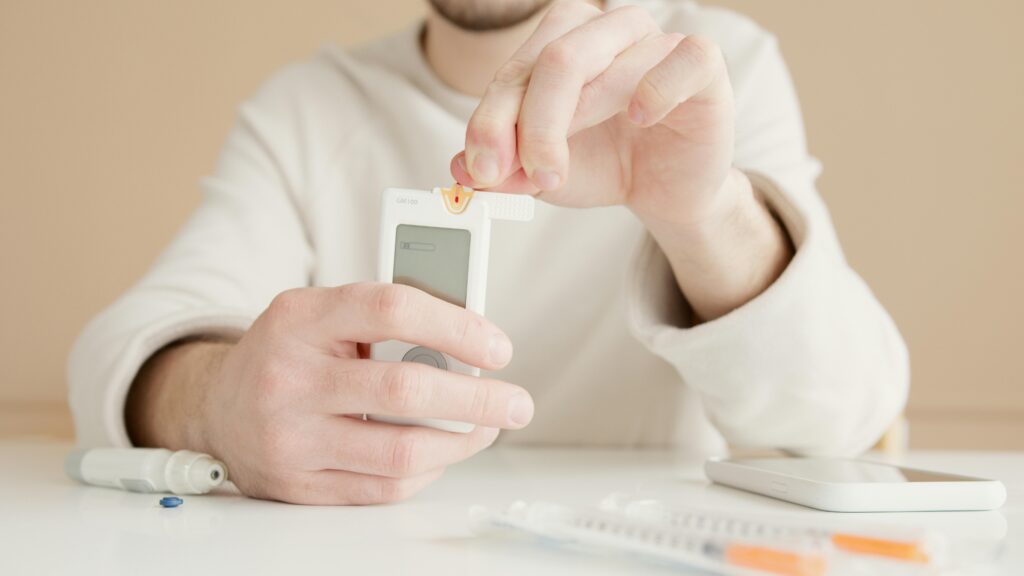In the modern age of healthcare, the integration of technology into patient care has revolutionized the way we monitor and manage health conditions. One of the most significant advancements has been in the field of remote patient monitoring solutions, particularly for blood pressure. Residents of Danbury and beyond now have access to sophisticated remote patient monitoring devices from Cornerstone Remote Monitoring that offer an array of advanced features designed to provide more accurate, convenient, and comprehensive health monitoring. In this blog, we will explore these cutting-edge features, such as ECG integration, cloud connectivity, and real-time alerts, and provide a buyer’s guide for selecting high-tech remote blood pressure monitoring devices.
The Evolution of Remote Blood Pressure Monitoring
Remote patient monitoring (RPM) has come a long way from its early days of simple home blood pressure cuffs. Today’s devices are equipped with advanced technology that not only measures blood pressure but also provides a holistic view of a patient’s cardiovascular health. This evolution has been driven by the need for continuous, real-time health monitoring, which can lead to better management of chronic conditions like hypertension.
Advanced Features to Look For
When selecting a remote blood pressure monitoring device, it’s important to consider the advanced features that can enhance the monitoring experience and provide more valuable health insights. Here are some of the latest features to look for:
1. ECG Integration
Electrocardiogram (ECG) integration is one of the most significant advancements in remote blood pressure monitoring devices. This feature allows the device to monitor heart rhythms and detect irregularities that might indicate conditions like atrial fibrillation (AFib).
Benefits:
Provides a comprehensive cardiovascular assessment.
Helps in early detection of heart conditions.
Reduces the need for separate ECG devices.
2. Cloud Connectivity
Cloud connectivity enables the remote blood pressure monitoring device to store data in the cloud, making it accessible to both patients and healthcare providers anytime, anywhere.
Benefits:
Ensures data is securely backed up.
Facilitates easy sharing of data with healthcare providers.
Allows for continuous monitoring and trend analysis.
3. Real-Time Alerts
Real-time alerts are crucial for managing chronic conditions effectively. These alerts can notify patients and their healthcare providers immediately if blood pressure readings are too high or too low.
Benefits:
Enables prompt medical intervention.
Enhances patient safety by preventing complications.
Provides peace of mind for patients and caregivers.
4. User-Friendly Interface
A user-friendly interface is essential for ensuring that patients can easily operate the device and understand their readings.
Benefits:
Improves user compliance and regular monitoring.
Reduces the likelihood of errors in data recording.
Makes health management accessible to all, including the elderly.
5. Mobile App Integration
Mobile app integration allows patients to sync their device with a smartphone app, providing additional functionalities such as data visualization, health tips, and medication reminders.
Benefits:
Enhances user engagement through interactive features.
Provides a platform for comprehensive health management.
Facilitates remote consultations with healthcare providers.
6. Long Battery Life
For any remote monitoring device, having a long battery life is crucial to ensure it remains functional without frequent recharging.
Benefits:
Ensures continuous monitoring without interruption.
Provides reliability, especially for those who travel frequently.
Reduces the hassle of frequent charging.
7. Multi-User Capability
Devices with multi-user capability can store and manage data for multiple users, making them ideal for households with more than one person needing blood pressure monitoring.
Benefits:
Cost-effective for families.
Simplifies data management for multiple users.
Allows caregivers to monitor multiple patients from a single device.
8. Data Analytics and Reports
Advanced data analytics can provide insights into blood pressure trends and patterns, helping to identify triggers and manage hypertension more effectively.
Benefits:
Offers detailed reports that can be shared with healthcare providers.
Helps in customizing treatment plans based on data trends.
Enhances understanding of how lifestyle factors affect blood pressure.
Wrapping Up
Remote blood pressure monitoring devices have significantly improved the management of hypertension and other cardiovascular conditions. These devices offer convenience, accuracy, and comprehensive health insights for residents in Danbury and beyond. Advanced features like ECG integration, cloud connectivity, and real-time alerts enhance the monitoring experience and provide critical data for better health outcomes. By following the buyer’s guide, individuals can select a device that meets their specific needs, ensuring effective health management.

